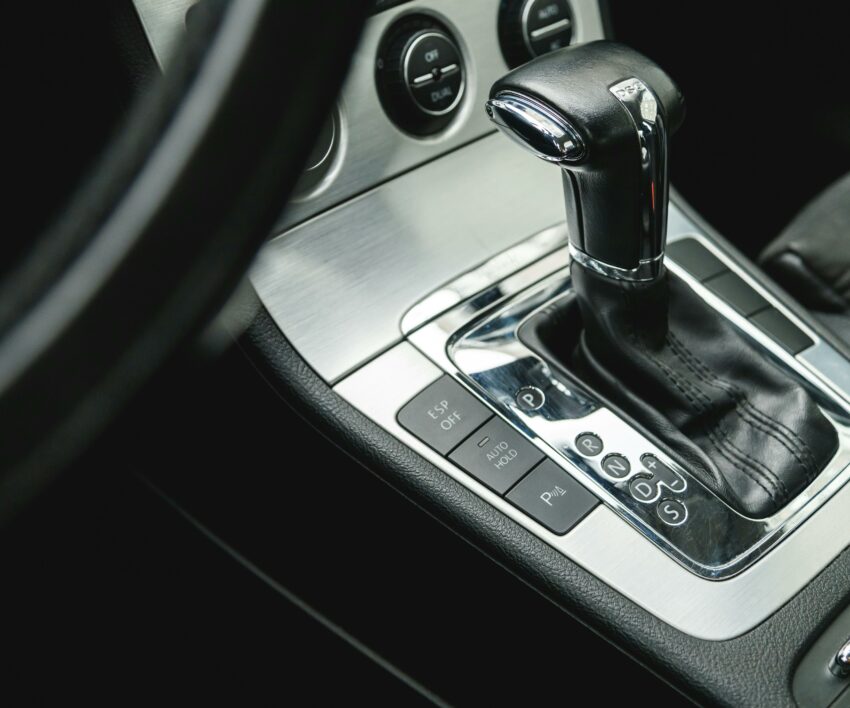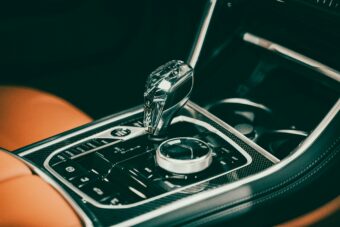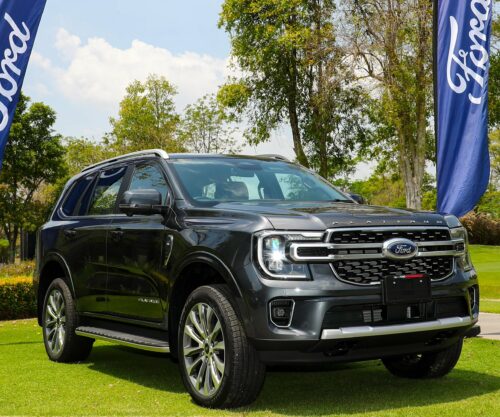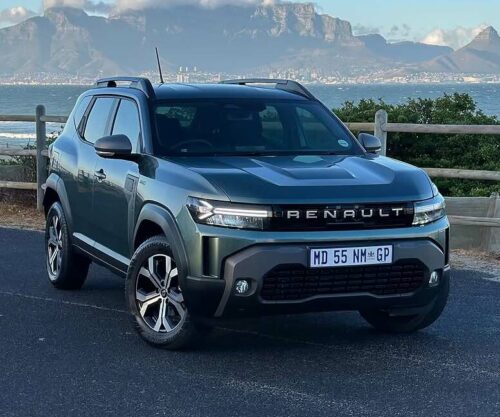
If you are new to the world of driving or find yourself searching the market for a set of wheels then this one is for you.
Deciding on which car you should purchase can be quite a tricky one, with the multiple amounts of options available many may find it the process of selecting a single vehicle extremely difficult – and with good reason. There are lots of factors that needs to be taken into account some of which includes the quality of the brand you are choosing, fuel economy, as well as the overall convenience that comes with the driving experience.
Coupled with this is deciding whether to select a manual or automatic transmission, which will ultimately impact the experience.
In order to make the best decision, it is best to know what each of the transmissions do.
Manual

The motor company Drive Parts explain that vehicles with a manual or standard transmission are typically called stick shifts.
This form of transmission uses manual labour whether the driver uses a stick shift to manually change the gears as they accelerate and decelerate their vehicle. Located on the center console, the shift lever is connected to the transmission by a linkage.
To change gears, the driver presses down on the clutch pedal, moves the shifter to the desired gear and then releases the clutch pedal to reengage the power from the engine to the transmission.
Driving a manual vehicle therefore requires lots of practice and careful precision.
These are the pros and cons as highlighted by car manufacturer Mazda:
Pros:
- Driver is in control.
- Requires less maintenance.
- More fuel efficient.
Cons:
- Requires a higher concentration.
- Takes longer to learn how to drive.
Automatic

In contrast to this driving an automatic vehicle requires much less effort.
“In an automatic transmission the driver simply selects D on the shifter and the car does all hard work. Using fluid pressure, the vehicle automatically completes gear changes on its own. The heart of the automatic transmission is the planetary gear set. This part is responsible for creating the different gear ratios that the transmission uses,” explains Drive Parts.
Pros:
- Easier to use, because of reduced gear shifting.
- Less risk of accidents since both hands are on the steering wheel.
- Much more comfortable.
Cons:
- Complex design makes higher maintenance costs.
- Less fuel efficiency
Also see: Things you need to check up on before a long road trip




